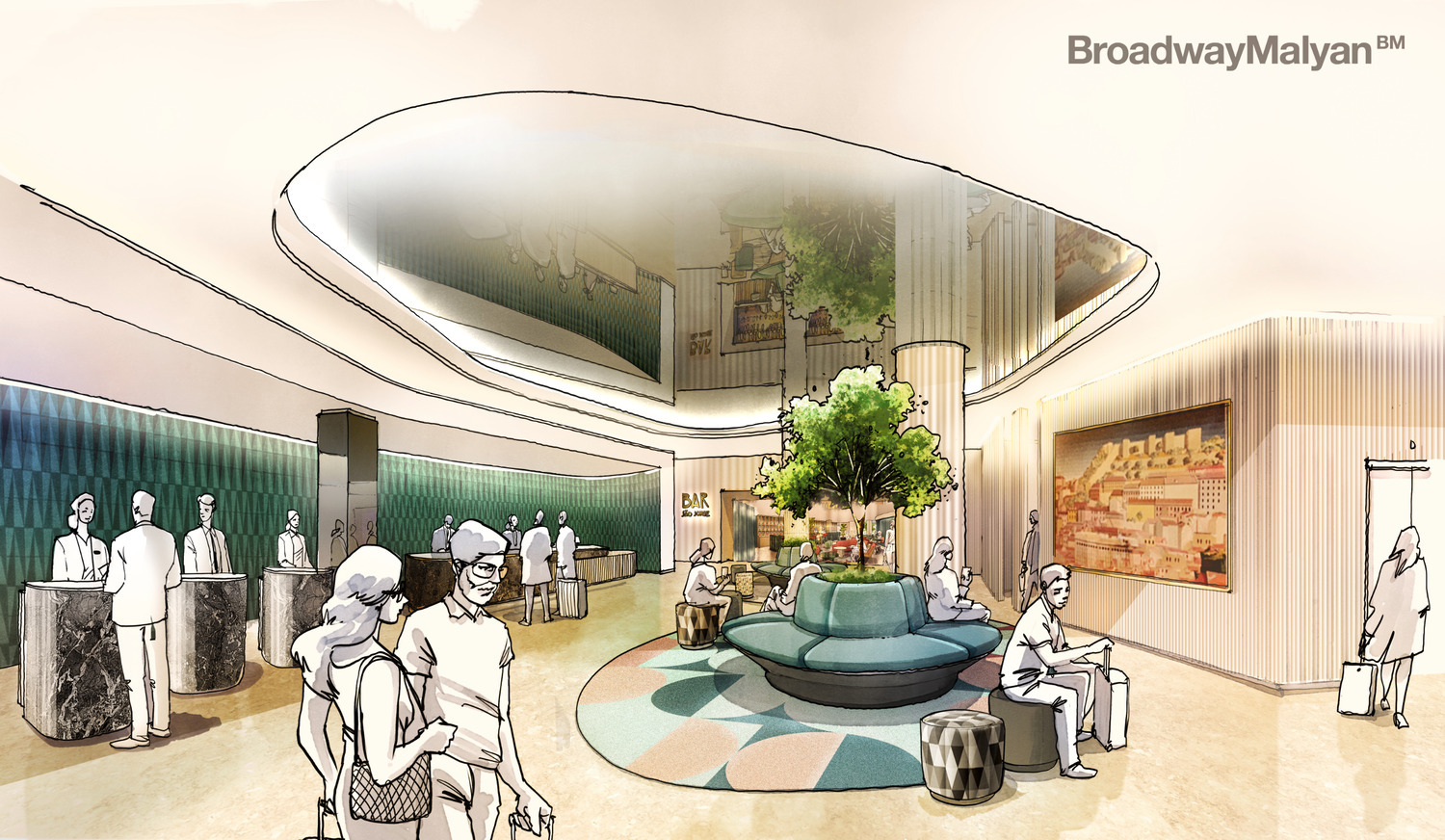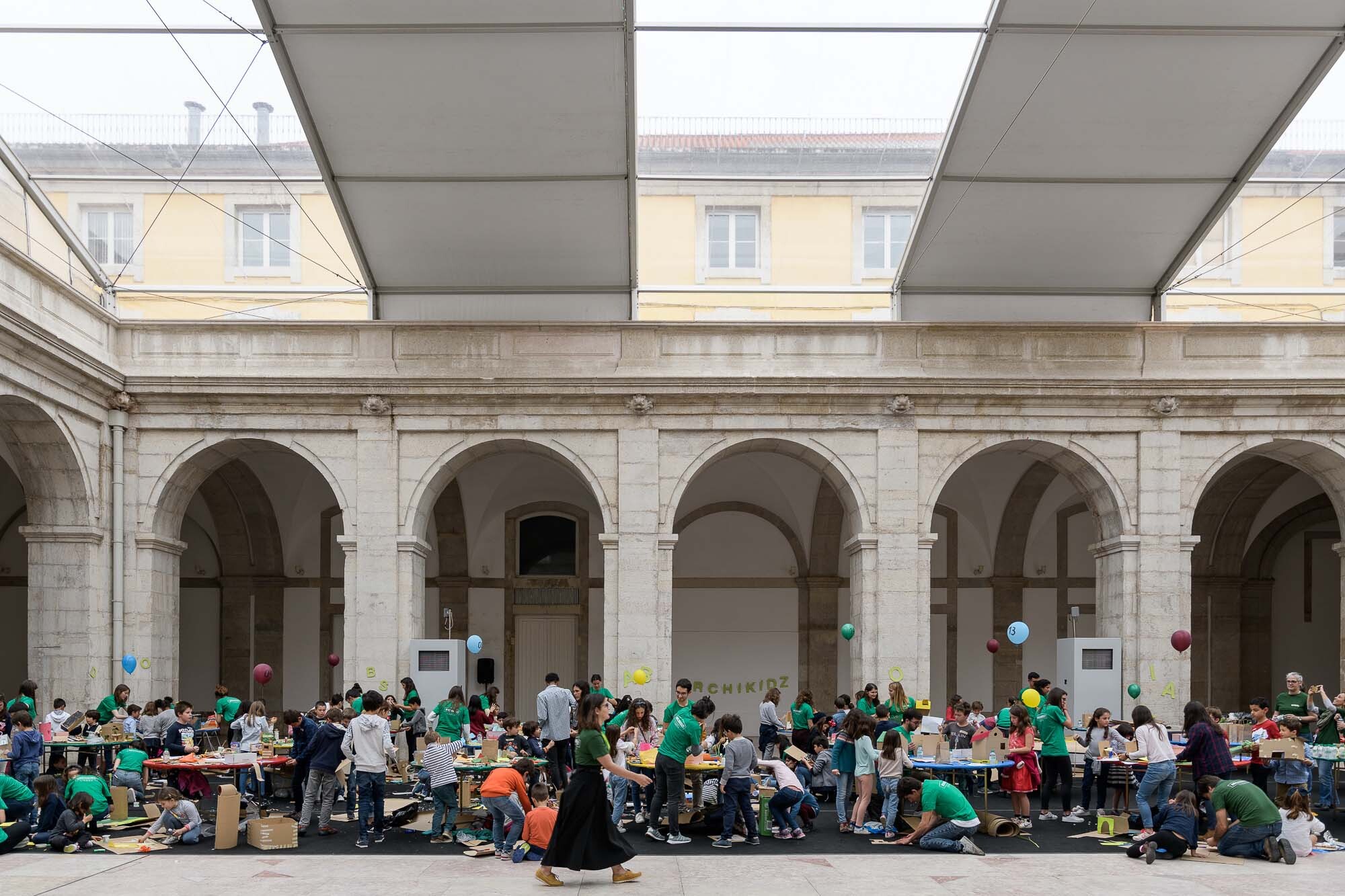In this interview, Madalena reflects on her passion for education, exploring how teaching, learning, and design come together to shape her approach to architecture.

Can you tell us about your background?
I originally studied music and ballet, which gave me a deep appreciation for art from an early age. I later studied science, including geometry, and discovered my passion for spatial design. This naturally evolved into my love for drawing and, ultimately, architecture.
What I enjoy about architecture is the balance between creativity and structure. It reminds me of playing the piano – there is artistic freedom, but also a framework of rules that shape the outcome. You can begin with a free-flowing creative process, but at some point it needs organisation, so in many ways music and architecture are surprisingly alike.
An exchange program during university cemented my desire to pursue architecture professionally. It opened my eyes to new ways of designing spaces with the user in mind, and helped me start shaping my architectural perspective.
I previously interned at a small interior design practice, but I wanted to build a broad foundation before specialising, so I joined Broadway Malyan Lisbon as a graduate architect to work across a variety of projects. Over the past year, I have greatly enjoyed the scale of opportunities here, but above all, it’s the people who make BM special. The collaborative atmosphere allows me to ask questions freely, regardless of hierarchy, and to learn alongside my colleagues without judgment. That openness makes a real difference, both in the creative process and in professional growth.
What kind of projects are you working on?
I’m currently working on two hospitality projects, one focused on architecture and the other on interiors. Working across both projects has helped me understand the importance of harmonising both disciplines to enhance a seamless guest experience.
I also have the pleasure of working alongside Margarida Caldeira on Hotel Mundial, a landmark Lisbon hotel that we’re renovating. It has been incredibly rewarding to learn so much from someone with extensive experience. The project can sometimes be stressful, but I think it's a healthy pressure – it pushes me to step up and learn as much as I can. It has also been very hands-on, involving a lot of logistical planning behind the design. We’re always considering how design decisions will shape the way guests interact with and experience the interior architecture.

